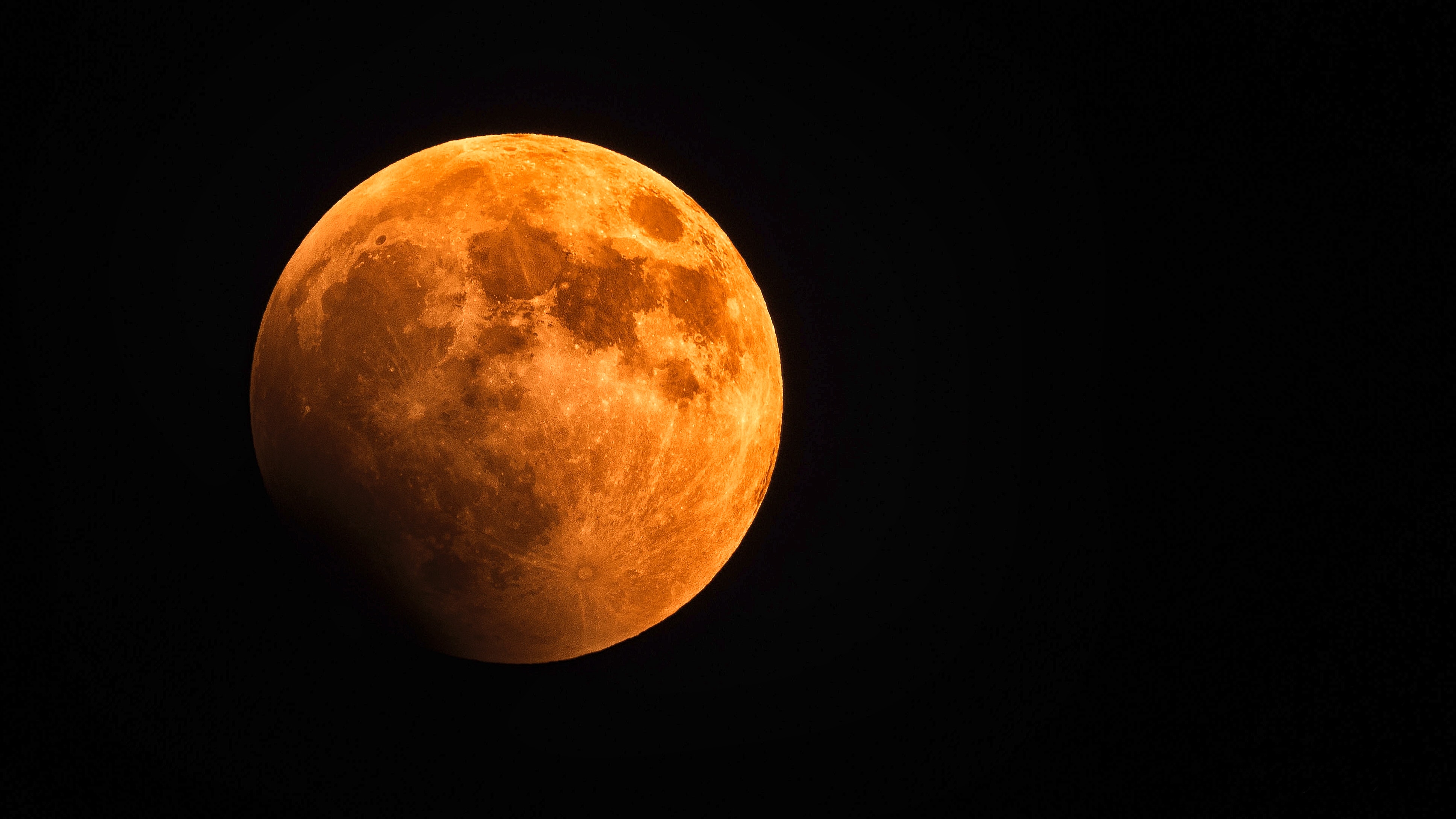The implications of rare astronomical phenomena on human life
“We shall not cease from exploration, and the end of all our exploring will be to arrive where we started and know the place for the first time.”-T. S. Eliot
I sincerely believe that deep insights into the meaning of our existence can be found by examining celestial bodies and the shadows they cast on one another. By this, I mean the rare, once-every-thousand-years eclipses that we seem to see every few years. These fixed and absolute astronomical phenomena, ones astronomers can predict years in advance and that we have no control over whatsoever, are markers of our time on earth.
In 2014 and 2015, two fundamentalist Christian pastors, Mark Blitz and John Hagee, shared my enthusiasm for eclipses. What occurred over the course of these two years was the “lunar tetrad” — a sequence of four lunar eclipses which coincided with the traditional feasts of Passover and Tabernacles. What turned the attention of these pastors to these eclipses was a piece of scripture: in the Hebrew Bible’s Book of Joel, there is a passage predicting the “moon turning to blood,” linking the reddish hue visible during any total lunar eclipse to further religious predictions. The eclipses, they concluded, were not coincidental. Blitz and Hagee viewed these four eclipses and their alignment with Judeo-Christian holidays as sending a message that the Second Coming of Christ was afoot, and that the biblical rapture would occur on April 15, 2014.
Current consensus among astronomers and theologians alike is that the rapture did not occur in 2014. This consensus has led me to believe that these pastors were incorrect about their prediction. Most people would also agree, with the rationale that lunar eclipses are meaningless and that they do not exist to send messages to human beings. This is the point at which I depart from consensus, and the small detail on which I agree wholeheartedly with Blitz and Hagee. Eclipses, I claim, are anything but meaningless. I also believe sincerely that all astronomical phenomenon do exist to send messages to human beings! Of course, this is not the sole reason for their existence, but I believe it is as important a factor in their happening as a thing like gravity, or the sun’s ability to emit light.
In my understanding, this claim is both ridiculous and one of the fundamental truths about the universe and the connections within it. For me, astronomical phenomena serve as some of the many factors which guide the way I conceptualize my place in the universe and reflect on the path I have taken in life. Inspired by Blitz and Hagee, I would like to examine two lunar eclipses which aligned perfectly with my time at the University of Toronto, and existed, in part, for this very purpose. Instead of the pastors’ “lunar tetrad,” these well-placed eclipses served as a personal “lunar dyad.”
September 28, 2015
I’ve never got around to reading Ernest Hemingway’s 1940 classic For Whom The Bell Tolls, but it seems clear to me that it was named in anticipation of the total lunar eclipse of September 2015: the eclipse whose significance rang through the lives of first-year students like me as the ringing of a bell marking the beginning of something new. I remember walking through King’s College Circle, stepping around blankets and weaving through groups of students huddling around telescopes. The first few weeks of school had been hectic: exciting, busy, and nerve-wracking. The moment when the moon hid itself on September 28th was the first clear moment of calm in the first month of the first semester of the first year in this new city, at this new school.
On that night, the moon sent us a clear message. It marked the beginning of an era; an era that would end with another tolling of the lunar bell (see Eclipse II). It was as if the moon’s gravity pulled people into the huddles I saw to share their awe for the eclipse. Looking backward through time, we see that the gathering of students and their ensuing conversations were responsible for the eclipse in the first place.
January 21, 2019
The biggest and most exciting news story of 2019 was the so-called “super blood wolf moon.” Super, because it was bigger and brighter than usual, due to the moon’s remarkable proximity to the Earth; blood, because of the reddish tinge the moon acquires during lunar eclipses; wolf, because of the traditional moniker given to the full moon which occurs every January; moon, because of the large pale sphere which orbits the earth at nighttime. An eclipse which was bigger, brighter, and shinier than ever: it was a beautiful and hopeful marker of the end of a period of growth and exploration.
This was the end of the era that began with 2015’s eclipse (see Eclipse I). Years ahead of time, astronomers could predict exactly when these bookending eclipses would occur, down to the minute. They foresaw the era’s beginning and they foresaw the era’s end — its Alpha and its Omega — just as the Book of Joel foretold of the 2014-2015 lunar tetrad.
I contend, without trying to make any theological claim whatsoever, that these two predictions were equal in their certainty and in their meaning. The fact that a piece of ancient scripture coincidentally fit well with a lucky sequence of consecutive eclipses is rich with meaning, even when stated in these terms. The same richness is present in the fact that two beautiful eclipses happened to fall in such a way that I could interpret them as welcome bookends to my time as an undergraduate.
I don’t mean to claim that any of these things were not simply the product of mere circumstance, but that mere circumstance is worth the reverence and worship that many reserve for what they perceive as the deliberate.
